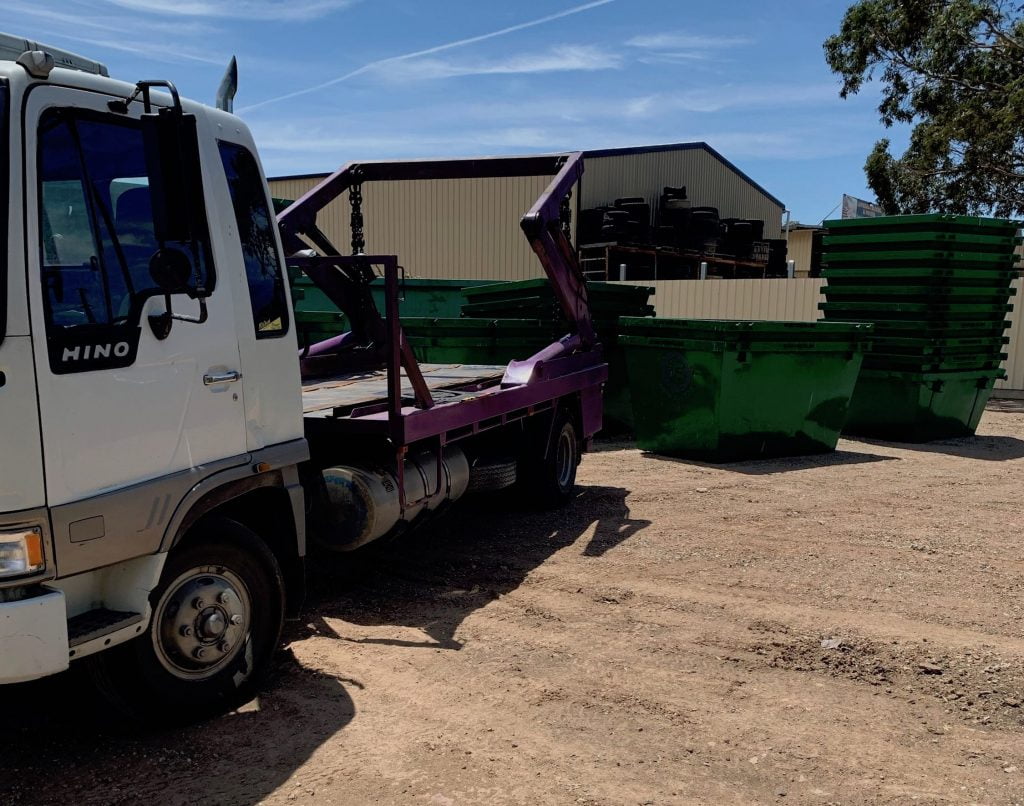Navigating Waste Management: Green Waste, General Waste, and Heavy Waste Skip Bins Explained
Introduction
Efficient waste management is essential in today’s world, as proper disposal of various waste types helps preserve the environment and reduce pollution. Skip bins are an effective waste management solution that can be customized to handle specific waste categories. This article explores three common types of skip bins: green waste, general waste, and heavy waste skip bins. We’ll discuss their purposes and the types of waste they can accommodate.

Green Waste Skip Bins
Green waste skip bins are designed for the disposal of biodegradable waste generated from gardens and landscaping activities. They provide a sustainable and eco-friendly way to manage organic waste, which can be processed into compost or mulch, giving it new life. Here’s what you can typically dispose of in a green waste skip bin:
- Grass clippings and leaves
- Branches, twigs, and bark
- Flowers and weeds
- Small shrubs and plants
- Woodchips and mulch
Note that green waste skip bins should not be used for non-organic materials, such as plastic bags, metal, or glass. Mixing these with green waste may contaminate the waste, rendering it unusable for composting or mulching purposes.
General Waste Skip Bins
General waste skip bins cater to a wide range of non-hazardous waste materials generated from various sources, such as households, offices, and retail outlets. They are designed to handle a mix of waste types, making them a popular choice for residential clean-ups, office clear-outs, or small construction projects. Here’s what you can typically dispose of in a general waste skip bin:
- Household items, such as furniture, clothes, toys, and kitchenware
- Office waste, including furniture, computers, printers, and paperwork
- Light construction waste, like plasterboard, wood, and metal
- Packaging materials, such as cardboard, paper, and plastic
- Electronic waste, such as televisions, computers, and appliances
Hazardous materials, including asbestos, chemicals, and paint, are not allowed in general waste skip bins. Additionally, green waste should not be mixed with general waste to promote proper recycling and waste processing.
Heavy Waste Skip Bins
Heavy waste skip bins are specifically designed for the disposal of heavy and dense waste materials, often found in construction, demolition, and excavation projects. These bins are built to handle the weight and bulk associated with heavy waste, making them ideal for large-scale projects. Here’s what you can typically dispose of in a heavy waste skip bin:
- Concrete and bricks
- Soil and dirt
- Sand and gravel
- Rocks and rubble
- Ceramic tiles and porcelain
It’s essential to consult with your skip bin provider regarding weight restrictions and to avoid overloading heavy waste skip bins. Mixing heavy waste with lighter materials can cause complications during waste sorting and recycling processes.
Conclusion
Green waste, general waste, and heavy waste skip bins offer specialized solutions for different waste management needs. By understanding the purpose of each skip bin type and the materials they can accommodate, you can make informed decisions and ensure responsible waste disposal. Proper waste management not only helps keep your surroundings clean but also contributes to a greener and more sustainable environment.
